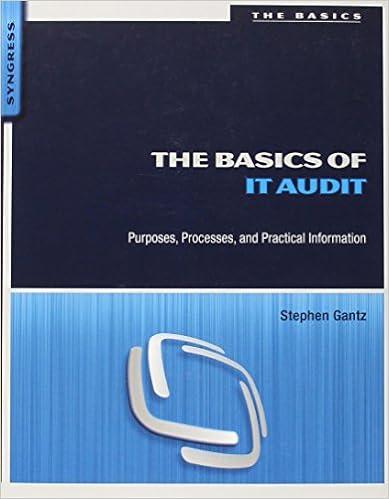Read the scenario about gathering data, and then answer the question. Jessica works at a local jewelry store. The store was considering expansion, so Jessica's boss asked her to research expansion opportunities in a neighboring town. Even before beginning to research, Jessica thought the expansion was unlikely to succeed. While researching, Jessica found out that one of the neighboring town's jewelers just retired at age 42. This led Jessica to believe that the jewelry market in that town must have been in trouble. She reported this information to her boss. When her boss did some further research, he found that the recently retired jeweler had won the lottery and decided to quit working, even though the jewelry business was booming. Which of the following are errors that Jessica made? Check all that apply. Jessica tried to make results conform to her prediction Jessica based a conclusion on a lack of evidence. Jessica assumed a cause-effect relationship where none existed. 2. Basis for reports: The problem-solving process Businesses use reports to help solve problems. Some problems are unique and call for information on a one-time basis. Other problems require a steady flow of information because they are recurring. Understanding the problem-solving process will help you prepare better reports and better solutions. Reports can be used to solve various problems. Before you write a report, you need to define the problem and Read the scenario about developing a hypothesis, and then answer the question. The Shoester Company wants to build a specialty store in Phoenix, Arizona. They hire your consulting firm to determine whether there is demand for their new line or yoga shoes in the Phoenix area. Which of the following statements is the hypothesis to be proved or disproved for this study? Consumers buy yoga shoes every year or so because they wear out. Consumers in Phoenix, Arizona, will not travel more than 15 miles to get to a yoga shoe store, Phoenix, Arizona, is a viable market for a specialty yoga shoe store. Read the scenario about gathering data, and then answer the question. Jessica works at a local jewelry store. The store was considering expansion, so Jessica's boss asked her to research expansion opportunities in a neighboring town. Even before beginning to research, Jessica thought the expansion was unlikely to succeed. While researching, Jessica found out that one of the neighboring town's jewelers just retired at age 42. This led Jessica to believe that the jewelry market in that town must have been in trouble. She reported this information to her boss. When her boss did some further research, he found that the recently retired jeweler had won the lottery and decided to quit working, even though the jewelry business was booming. Which of the following are errors that Jessica made? Check all that apply. Jessica tried to make results conform to her prediction Jessica based a conclusion on a lack of evidence. Jessica assumed a cause-effect relationship where none existed. 2. Basis for reports: The problem-solving process Businesses use reports to help solve problems. Some problems are unique and call for information on a one-time basis. Other problems require a steady flow of information because they are recurring. Understanding the problem-solving process will help you prepare better reports and better solutions. Reports can be used to solve various problems. Before you write a report, you need to define the problem and Read the scenario about developing a hypothesis, and then answer the question. The Shoester Company wants to build a specialty store in Phoenix, Arizona. They hire your consulting firm to determine whether there is demand for their new line or yoga shoes in the Phoenix area. Which of the following statements is the hypothesis to be proved or disproved for this study? Consumers buy yoga shoes every year or so because they wear out. Consumers in Phoenix, Arizona, will not travel more than 15 miles to get to a yoga shoe store, Phoenix, Arizona, is a viable market for a specialty yoga shoe store








